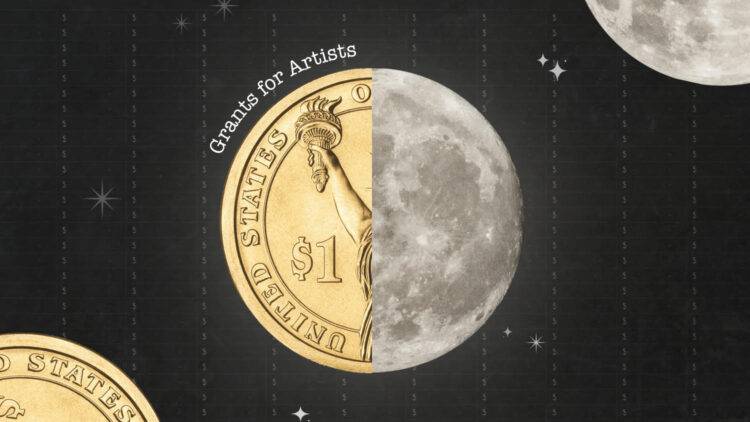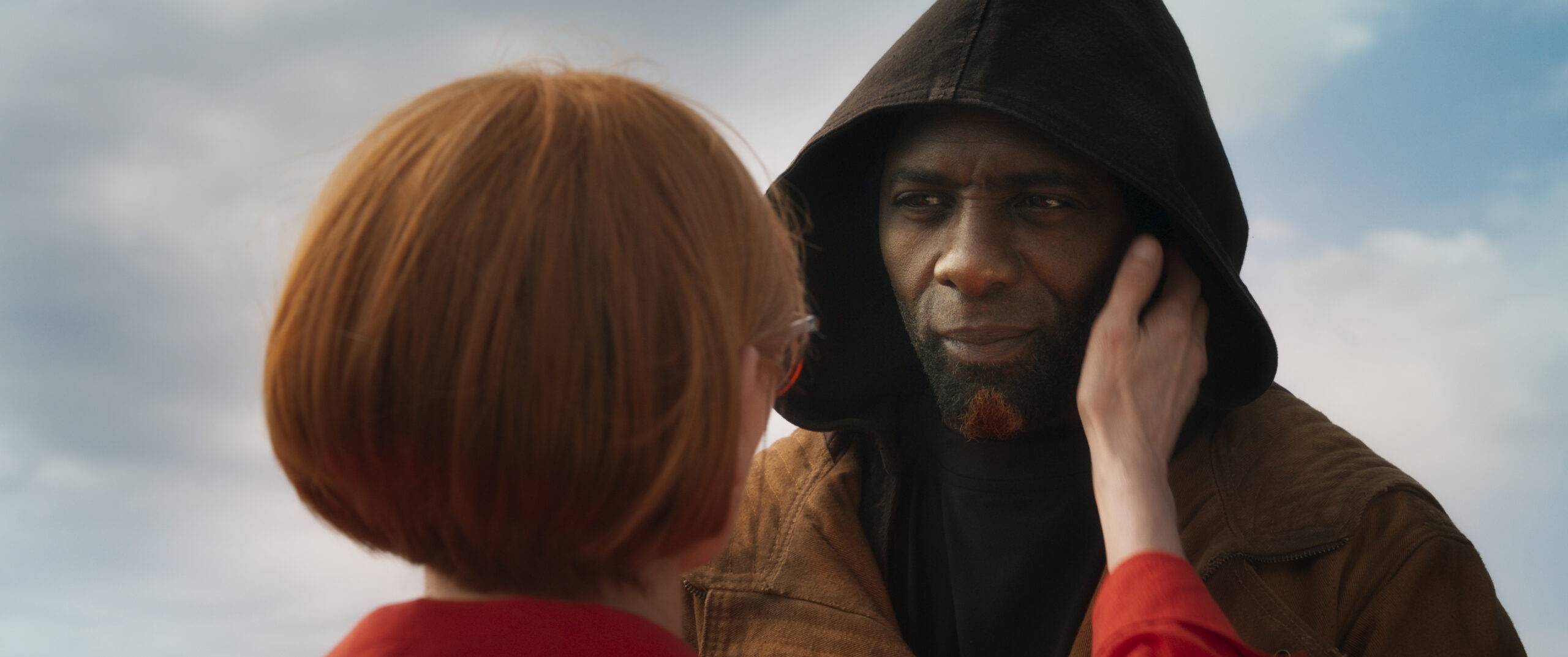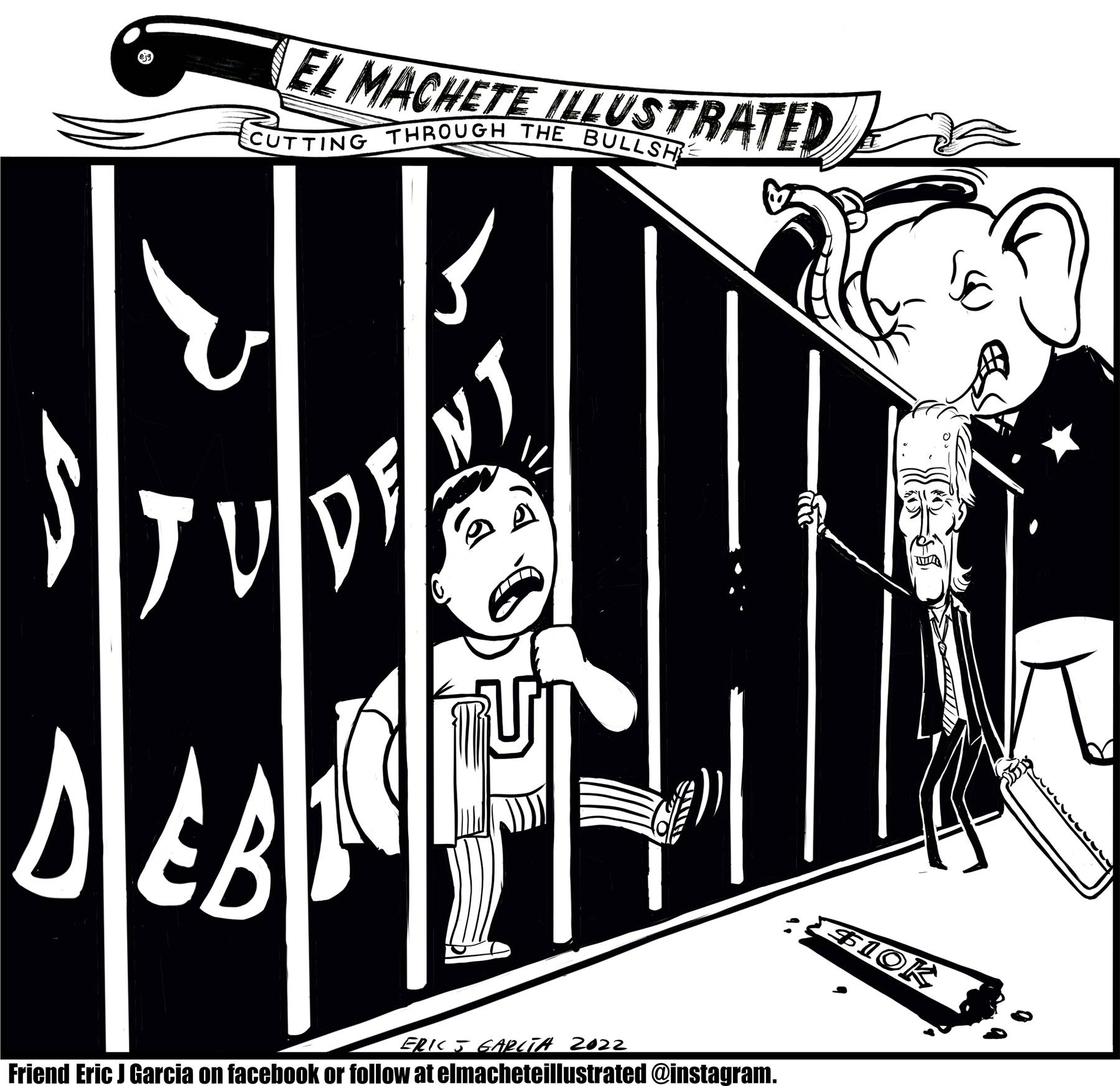
Grants are free money. Free except for the time it takes to apply. And money that supports artists without requiring them to wait tables or close out tabs at 2 a.m. or create an OnlyFans page is nothing to dismiss. It simply requires applying.
After nearly 20 years of nonprofit work, I was surprised to learn how many artists — even highly experienced ones — have never applied for a grant. This isn’t a skill taught sufficiently in most art schools, although it should be. Grant writing is an adaptable skill that shows artists how to budget income, expenses, and the time and energy required to make a living in the studio.
Overview: What is a grant?
A grant is money, usually from a public charity, private family foundation, or government agency, given either as recognition for achievement or to accomplish any specific purpose allowed by state or federal law. Some grants are given only to organized charities; others may be given to individuals. Nearly all grants require a written application.
Most grant applications share these basic parts: bio, artist statement, project description, budget, impact, plus “supplemental documents” (resume, references, and/or work samples). Although these answers will need to be tailored to each funder, these answers can often be drafted in advance and tweaked as needed.
The Application
Who are you? The bio is about YOU as an artist: who are you and what are you like? It’s often a paragraph or two.
One of my favorite fun, short bios is a single sentence from writer Will Clarke, who wrote Lord Vishnu’s Love Handles: “Will Clarke doesn’t want you to know where he lives or what he’s doing next.” Renee Gladman’s bio includes an artistic statement at the beginning: “Renee Gladman is a writer and artist preoccupied with crossings, thresholds, and geographies as they play out at the intersections of poetry, prose, drawing and architecture.” Although vastly different, each of these reflects a bit of the artist and the style of each will appeal to different funders.
Although artists like Gladman frequently include an “artistic statement” with their bio, there is a helpful difference between the two. An artistic statement is a description of your WORK/VISION and what it explores or does. It might reference art theory but doesn’t have to be more than 2-3 sentences long. Generally, it’s more than “I like abstract landscapes” and is much less than what a museum curator will write.
Be clear. Draft separately at first. It’s often useful to have a long and short version (under 100 words).
What are you doing? Whether it’s producing a short film or buying a potter’s wheel or publishing a chapbook of poetry, what are you doing? Although straightforward and matter-of-fact, it’s more than “I need supplies.” What will supplies help you accomplish? Who will be involved? Where? When? “I need supplies to finish a large-scale commission canvas that will go into the children’s wing of the Metropolis Cancer Clinic….” or “I need a potter’s wheel to open my own studio as a full-time artist where I will also teach after-school classes for kids…”
Include EVERYthing in your budget. Your expenses go beyond supplies. Do you have transportation, lodging, or meals? Is your studio free? Who pays the utilities? Do you need equipment or software or a website? Outdoor large-scale projects may require permits. Do you need to pay for fabrication of specific elements? What about submission fees? Insurance? Put everything related to the project down. The total amount may surprise you.
Pay yourself. Aren’t you doing this for a living? Funders want you to succeed. Creative Capital, whose application is more advanced than what is outlined here, reminds artists in its Application Handbook to pay themselves. You need income.
A complete budget of expenses may exceed the amount of the grant: that’s fine. Use this same budget when seeking additional sources of funding for the project.
What impact will your project have? Funders want to know how it impacts you and how it advances your career. Sometimes, funders also want to know the impact of your project beyond you. This is when you talk about its story: does it raise awareness about unknown history (think Hidden Figures)? Are you self-publishing books that feature Black characters, when only 12% of children’s books in 2020 were about Black characters? What does your project do for the community?
Other items you might need
Quality of work. Put your best foot forward. Never rely on a funder to “remember your work” from an exhibit, previous application, or your website. Work samples should be complete, unless the funder specifically requests drafts. Does it sufficiently demonstrate your skill? For example, don’t send in one grainy picture. Send in a well-lit image. Include closeups if your work has fine detail. Is it a film? Submit no earlier than advanced stages of post production and editing. It is writing? PROOFREAD.
Look at previous grantees — does your work stand out? You may be the best ceramic artist in your county, but if your work looks like 50 others in the applicant pool, it will not stand out.
It’s not just about your skill. Can you follow through? Have you finished a major project before? Show your ability to complete a project in your CV or project description. Consider writing an affirmation for yourself. Not only can that help you fight your inner critic, it will help you polish the application and demonstrate your commitment.
You may need references. Have at least three ready to use. One should speak on your project management ability. This could be an employer, faculty advisor, or a similar supervisor, and does not necessarily need to be in the arts world. At least two should speak on your artistic skills. The personality of your references will speak to different reviewers, so pick different types of folks. We all love the professor who sings our praises, but you also need that mentor who pushes you and makes you nervous before critique. Both styles are important and together provide a more meaningful picture of you. Always get permission from references and give them a heads up when you apply.
Do I really need a CV? Eventually. Keep track of everything because there’s nothing worse than trying to account for every exhibit, show, publication, festival, collaboration, etc. years later. Artists often keep this as a single page on their website so it’s easily updated in one place. Even if you can’t remember everything, start it now and build backwards. Do not be dismissive of any show, gallery, publication, etc.
Don’t be afraid. Just submit. It’s that simple. It gets easier after your first application. Not all of them will take twenty hours nor feel like pulling teeth. Even if your first, second, or third doesn’t get awarded, keep going. The more you submit, the more you learn about your own practice as an artist and the more likely you will find someone who wants to support your journey.
And, of course, don’t stop making.
Art Daddy is a column about being an artist and making a living.
John W. Bateman has a secret addiction to glitter and, contrary to his southern roots, does NOT like sweet tea. After nearly 20 years in philanthropy, which included serving as Executive Director of a regional arts council in Mississippi, he left his southern unicorn lumberjack shack and moved to Chicago to pursue an MFA in writing at SAIC.








Super good post!